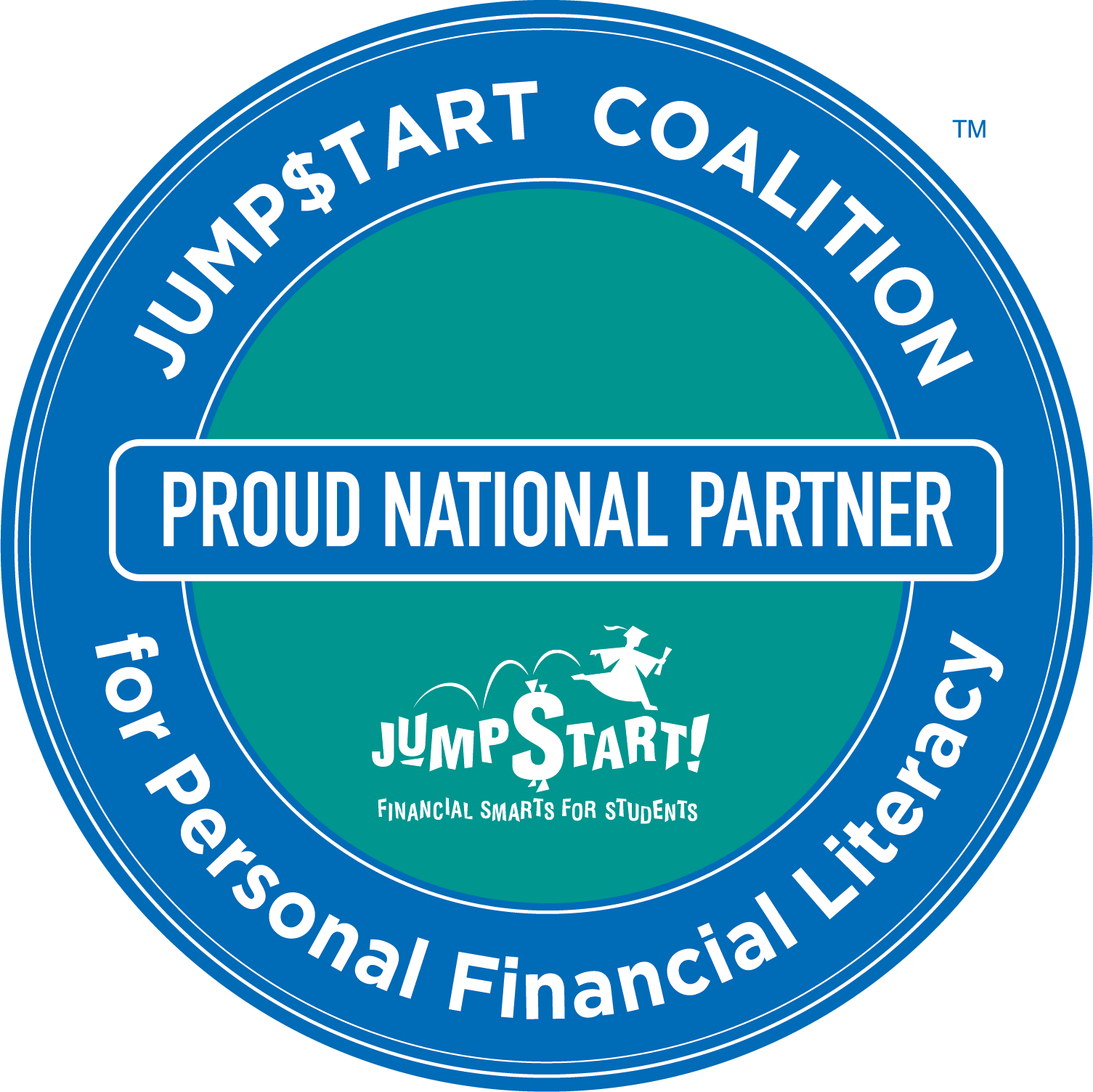School districts, administrators, and teachers around the country are on the hunt for financial literacy courses for high school students as more and more states mandate financial education. But as many are learning, not all courses are created equal. While many, if not most, check a lot of the boxes, others leave a lot to be desired.
For instance, financial literacy courses for high schools need to conform to state standards. They need to be engaging and fun. They need to actually teach students something — things that they can utilize for the rest of their lives.
But many of the courses on the market are rife with issues. They’re not necessarily what could be called “academic,” in many respects. They’re gliding by on the back of their creators’ name or reputation. They were not built with the input of educational and financial experts — for the record, Money Vehicle was!
As a result, some of the courses being adopted in certain states are creating controversy. Some of those courses promote certain ideologies, or at the very least, denigrate other ways of thinking. Some contain heavy religious influence, which can be a problem for some students and parents. Others are simply lacking in the content they’re teaching — it’s contradictory, outdated, or ineffective.
As such, there are a handful of key things that school and district administrators should look out for when choosing a financial literacy course for their schools. Here’s a quick rundown.
Sourcing
It’s worth taking a look at where the data and information comprising a financial literacy course comes from. While it’s likely that experts were involved in the process, it’s also worth considering what types of experts they may have been. If you can’t find that information, or if the course doesn’t contain citations and sourcing information, that may be a red flag.
For instance, if a course discusses taxes as a topic and doesn’t point you toward relevant IRS or state resources, it may not be very in-depth or accurate. Again, it’s probably worth taking a look.
Conversely, the Money Vehicle course was developed by financial and educational experts — we’ve made it a point of pride that our course and offerings are created in-house, from the ground up, with the necessary guidance to ensure that they’re correct, engaging, and effective.
Contradictions and inaccuracies
It’s not uncommon for textbook or course content to contain contradictions. But depending on the severity of those contradictions, that may be another red flag. Students will pick up on it, and it can cause confusion or even decrease their trust in the course material overall. With that in mind, it may be worth reading through or otherwise checking out class material before making a decision. If there are some glaring inaccuracies, administrators may want to check out alternatives.
Effectiveness
A solid financial literacy course should be effective, which means that there are certain outcomes administrators are seeing from students. This can be difficult in the realm of financial literacy, as the lessons being taught will be implemented and utilized for years to come after students learn them. But if students can be seen engaging with the material and putting it into practice — by, say, opening bank accounts or looking at financial products that are available to them — it could be a sign that the material is soaking in.
There’s been plenty of research into the effectiveness of financial literacy courses over the years, too, and believe us — we know that some of them can be ineffective. That’s why it’s on administrators to make a wise decision in choosing a program or curriculum that focuses on results.
Bias and Ideology
Another big concern these days involves bias and ideological slants that courses may have. Some courses do contain biases — all do, on some level — and it isn’t easy to walk the line and choose a curriculum that makes everyone happy. While the Money Vehicle is a non-ideological product, and we do our best to remove implicit bias from the material, we know this is a concern for teachers, parents, and administrators. But again, this is something to watch out for and keep in mind.
You’re never going to make everyone happy, but choosing the wrong course or curriculum can lead to unforeseen uproar.
Check out the Money Vehicle textbook — you can find it here on Amazon. And if you like what you see, you can get more content sent directly to your inbox! Sign up for the Money Vehicle Movement Newsletter!
And check out our white paper: “Strategies for Increasing Financial Literacy Rates Among High School and College Students”
More from Money Vehicle:









